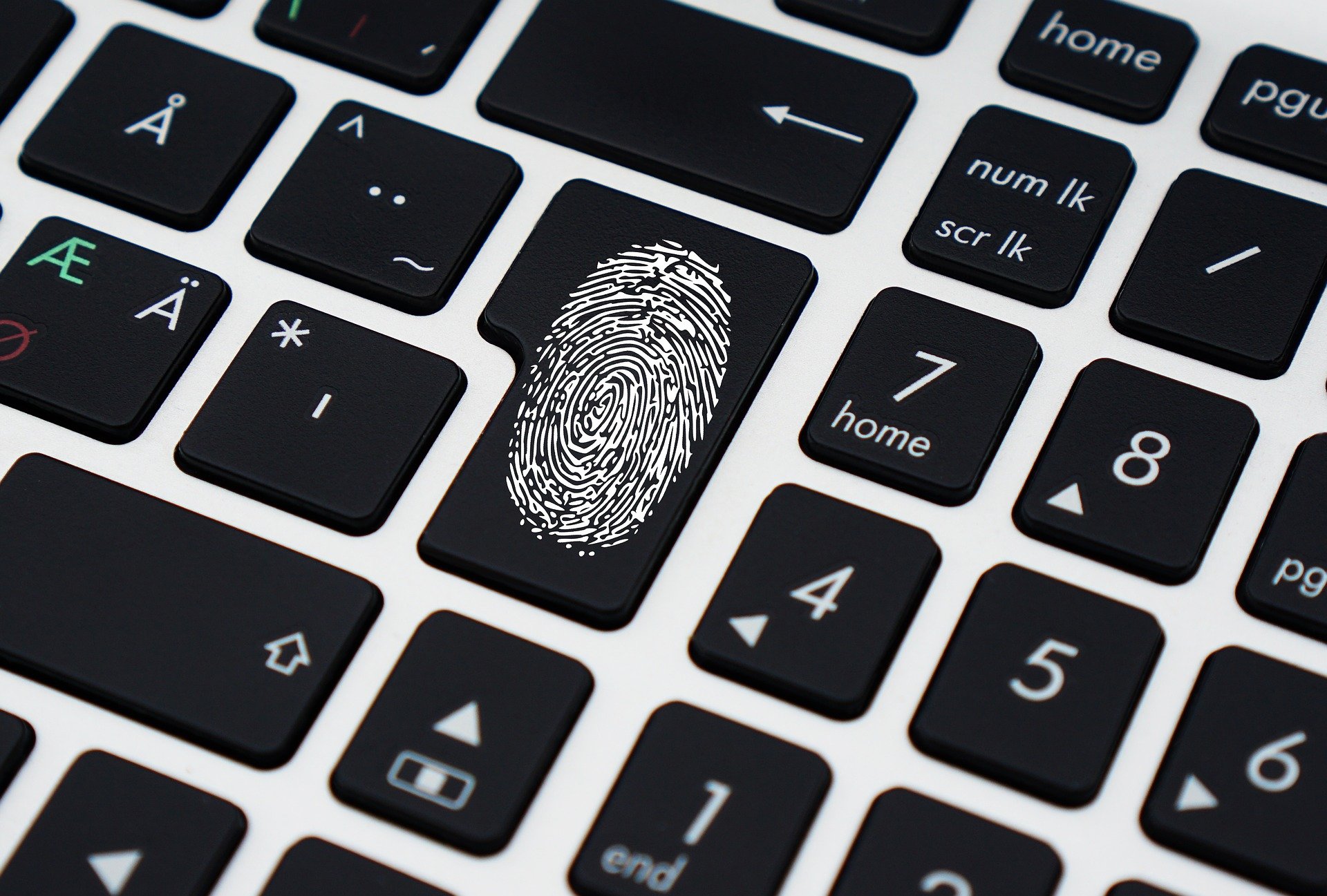How to protect your brands in the digital era?
 “Intellectual property was viewed with passion – and in a style steeped in pre-Romanticism! – as “the most sacred, the most legitimate, the most unassailable […], the most personal of properties”; “The least likely to be contested, the one whose increase can neither hurt republican equality, nor overshadow freedom,” said Patrick Tafforeau in his book Intellectual Property Law published in 2017.
“Intellectual property was viewed with passion – and in a style steeped in pre-Romanticism! – as “the most sacred, the most legitimate, the most unassailable […], the most personal of properties”; “The least likely to be contested, the one whose increase can neither hurt republican equality, nor overshadow freedom,” said Patrick Tafforeau in his book Intellectual Property Law published in 2017.
It should be borne in mind that intellectual property is protected by law. This protection is notably achieved through patents, copyright and trademark registrations. These intellectual property rights allow creators to obtain a certain form of recognition or even a financial advantage from their inventions, plant varieties or creations.
In this sense, paragraph 1 of article L111-1 of the Intellectual Property Code provides that: “The author of a work of the mind enjoys on this work, by the sole fact of his creation, of an exclusive and intangible property right enforceable against all”.
In fact, the Internet has created tremendous opportunities for companies in terms of communicating their brand message. However, its global reach, openness, versatility and the fact that it is largely unregulated are all elements that have created fertile ground for trademark infringement such as counterfeiting.
For a long time, real world activity and Internet activity were separated. Today, the two worlds undeniably tend to come together. Trademark law is therefore very useful in defending yourself in the digital era. By appropriately balancing the interests of innovators with those of the general public, the intellectual property system aims to foster an environment conducive to the flourishing of creativity and innovation.
When you create a company or launch a product, know that it is recommended to protect your trademark (which can be the name of your company, a logo, numbers, letters, etc. …). This registration will protect your company from counterfeiting.
Once registered, the trademark is an industrial property title which gives you a monopoly of exploitation for a period of ten years, renewable indefinitely.
Registering your trademark gives you an exclusive right to a sign that distinguishes the products or services you offer from those of your competitors, which is a significant competitive advantage ! As such, your sign is protected for the categories of goods and services referred to in your trademark registration and in the territory for which said registration is accepted.
In this perspective, it is necessary to put in place a strategy for the protection of your brand as soon as possible. Before filing a trademark, it is important to make sure that it is available and that there is no owner of an earlier right to that trademark. You must therefore be the first to register this mark.
The reasons why trademark registration is becoming a necessity are multiplying in the face of the phenomenon of cybersquatting. Thus, owners of registered trademarks benefit from new advantages in the defense of their rights on the Internet.
First, it has become increasingly important to protect your brand on social media. Since 2009, Facebook has allowed its members to create usernames, easily accessible, but which can include brands. Prior to 2009, Facebook allowed registered trademark owners to identify their trademarks and prevent their use by other members.
Most social networks register user names on a “first come, first served” basis. In order to defend your rights, it is preferable to have a registered trademark in order to report a violation of trademark rights, according to the general conditions of use of social networks.
Secondly, the presence of a mark on the Internet also imposes its protection in referencing on search engines and in particular paid referencing. Through the AdWords system, Google allows advertisers to select keywords so that their ads will appear to Internet users after entering those words into a search. Conflicts arise when advertisers buy keywords that contain brands, but do not have rights to them.
Owning a trademark right then also becomes extremely useful in the fight against unfair practices.
Thirdly, the proliferation of new gTLD domain name extensions must also attract the attention of trademark owners. To date, more than 300 new gTLDs have been delegated, and gradually hundreds more will follow. Faced with the risk of conflicts with protected trademarks, a new tool is made available to trademark rights holders: The Trademark Clearinghouse. It is a centralized declarative database of registered trademarks. Once the trademark is registered, the holder benefits from the priority registration period for new gTLDs – Sunrise Period – and is notified when a third party wishes to register a domain name identical or similar to its trademark. The registrant of the disputed domain name is also informed that he may infringe trademark rights.
Finally, if a domain name reproducing or containing a trademark is registered, the trademark rights holder has the possibility of taking action against cybersquatters using dedicated extrajudicial procedures such as the Uniform Rapid Suspension (URS) and the Uniform Domain Resolution Policy (UDRP). These dedicated procedures are only open to trademark holders.
It should be remembered that the business landscape has changed with the rise of the Internet and, in order to thwart the risks of intellectual property infringements on online markets, it is important that companies adapt their management of industrial property rights portfolio accordingly.
Nathalie Dreyfus – Industrial Property Attorney, Expert at the Paris Court of Appeal, Founder & Director of Cabinet Dreyfus in Paris – Dreyfus.fr
Dreyfus can assist you in the management of your trademarks portfolios in all countries of the world. Do not hesitate to contact us.




 Source: WIPO, Arbitration and Mediation Center, Nov. 24, 2020, case DRO2020-0007, NAOS c/ Bioderm Medical Center
Source: WIPO, Arbitration and Mediation Center, Nov. 24, 2020, case DRO2020-0007, NAOS c/ Bioderm Medical Center
 Since the advent of the General Data Protection Regulations (GDPR), it has become really difficult to obtain information about the registrant of a domain name. This obviously complicates the dialogue between trademark and domain name holders.
Since the advent of the General Data Protection Regulations (GDPR), it has become really difficult to obtain information about the registrant of a domain name. This obviously complicates the dialogue between trademark and domain name holders.





 The domain name extensions (gTLDs) “.cars”, “.car” and “.auto” are about to be auctioned on July 13, 2020. Launched in 2015, these extensions have been at the forefront of innovation in the domain name and automotive marketing. They have been used around the world by dealerships, startups and major automotive technology companies.
The domain name extensions (gTLDs) “.cars”, “.car” and “.auto” are about to be auctioned on July 13, 2020. Launched in 2015, these extensions have been at the forefront of innovation in the domain name and automotive marketing. They have been used around the world by dealerships, startups and major automotive technology companies.